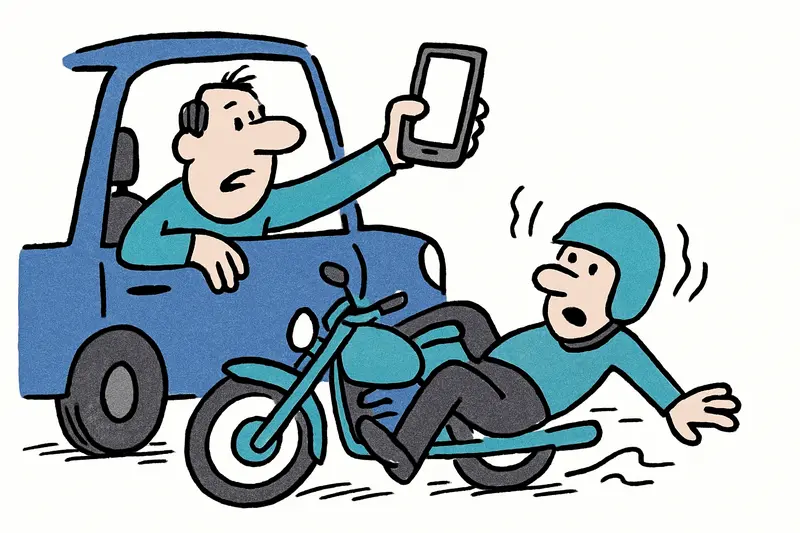The Balearic Islands are seeing unusually many fatal motorcycle accidents this year. Alcohol, speed and distraction are main reasons – along with narrow mountain roads and many recreational riders.
Many accidents, too many fatalities: Motorcyclists are especially affected
At first glance Mallorca seems made for rides: sun, curves, sea. This year, however, the island has shown a bitter side. Since the start of the year, on the Balearics 34 people have been killed in traffic accidents – and almost half of them were on a motorcycle. If you add it up, that’s 14 bikers, about 41 percent of all traffic deaths here. For comparison: In Spain the share is closer to 25 percent.
The feeling that something is getting out of control is shared by police and residents. The head of the Balearic Traffic Police, Fernando Alonso, calls the development worrying. He points to three recurring patterns: alcohol or drugs, excessive speed and distraction – especially mobile phone use while driving.
Road risk: Curves, surface, tourists
What is it specifically? Part lies with the island: The MA-10 through the Tramuntana or many narrow country roads offer beautiful views, but they are technically demanding. Poor surface, tight curves, cars suddenly parked at the roadside – this works with local knowledge, but becomes dangerous when someone drives the route for the first time or is momentarily inattentive.
Also added are recreational riders and rental motorcycles. Sunday afternoon on the coastal road: groups seeking the perfect photo, and individuals who are going too fast. In conversations with motorcyclists I often hear the same sentence: I feel it only takes one small mistake.
Who is affected?
Most often it’s young adults between 25 and 35 years old. And yes: men pay the highest price – around 80 percent of all victims are male, among riders even about 90 percent. Alcohol and risky riding behavior play a big role here.
What now?
There are already calls for action: more controls, more targeted education, better road resurfacing at hotspots. In the short term, speed checks and sobriety tests help. In the long term there is also a need for traffic-education work, especially among recreational riders and tourists – and perhaps simple measures like better signage on the mountain routes.
I enjoy riding curves myself, but according to the numbers it leaves an uneasy feeling. Freedom on two wheels should not come with higher risk. Something has to change on the island before more families light a candle on the street.
Similar News

Die Zeit auf Mallorca: Warum die Uhren hier anders ticken
Auf Mallorca läuft die Uhr offiziell anders als die Sonne — ein Erbe aus den 1940er-Jahren, das bis heute unseren Alltag...

Orange Weather Warning for Mallorca: Heavy Rain and Thunderstorms Set the Week
Aemet warns: Monday and Tuesday on Mallorca are under orange alert. Heavy rain, floods, and traffic disruptions are poss...

Life-threatening swimming accident in Ibiza: 73-year-old revived on the beach
During severe storms, a 73-year-old visitor swam despite a red flag. Lifeguards rescued her, and she is now seriously in...

Mummified Body Found in Abandoned House Near Santa Margalida
Between Can Picafort and Son Serra de Marina, teenagers discovered a mummified corpse in an abandoned house. Identity an...

Large Rockfall Blocks Ma-2141 Road Near Sa Calobra
After heavy rainfall, several rock blocks toppled onto the winding Ma-2141 toward Sa Calobra over the weekend. The road ...
